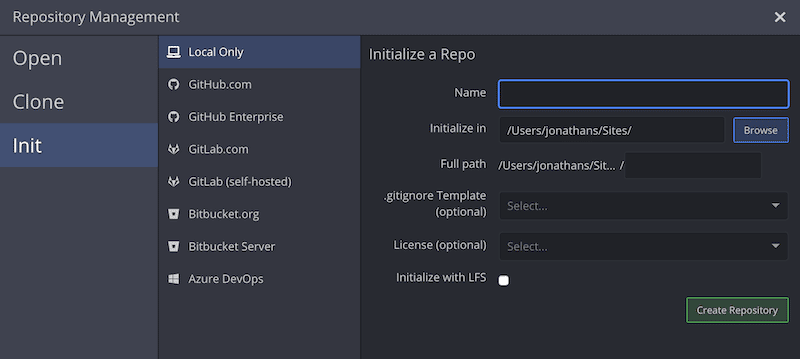

You'll need to add them again before you can commit them again). It will undo your last commit while leaving your working tree (the state of your files on disk) untouched. This command is responsible for the undo. Undo a commit & redo $ git commit -m "Something terribly misguided" # (0: Your Accident) Use -f option twice if you really want to Untracked directory is managed by a different Git repository, it is Remove untracked directories in addition to untracked files. This may be useful to rebuildĮverything from scratch, but keep manually created files.ĭon’t actually remove anything, just show what would be done. With git reset) to create a pristine working directory to test a clean This can be used (possibly in conjunction This allows removing all untracked files, gitignore (perĭirectory) and $GIT_DIR/info/exclude, but do still use the ignore If the Git configuration variable clean.requireForce is not set toįalse, git clean will refuse to run unless given -f, -n or -i.ĭon’t use the standard ignore rules read from. If clean.requireForce is set to "true" (the default) in your configuration, one needs to specify -f otherwise nothing will actually happen.Īgain see the git-clean docs for more information. Note the case difference on the X for the two latter commands. To remove ignored and non-ignored files, run git clean -f -x or git clean -fx.To remove ignored files, run git clean -f -X or git clean -fX.To remove directories, run git clean -f -d or git clean -fd.Step 1 is to show what will be deleted by using the -n option: # Print out the list of files and directories which will be removed (dry run)Ĭlean Step - beware: this will delete files: # Delete the files from the repository arguments are given, only those paths are affected. This can, for example, be useful to remove all build products. Normally, only files unknown to Git are removed, but if the -x option is specified, ignored files are also removed. Git-clean - Remove untracked files from the working tree Synopsis git clean …Ĭleans the working tree by recursively removing files that are not under version control, starting from the current directory. So what is the best workflow for creating a local and an associated remote for a project being newly incorporated into Git version control? I also tried to do this by using the Gitkraken File > Init command with the "also clone" checkbox checked, but this got me the error message, "the directory already exists and it isn't empty." No, Gitkraken, you got this wrong! I didn't want to CLONE the new (empty) remote repository into something local, I wanted to COPY my new local repository into it. I don't understand this "add remote" command very well: can it CREATE a repository on the remote site, or does it merely ATTACH to one that must already be there? I overcame this error by creating it via browser and using "git add remote" at the terminal, but that's clunky and I'd like to do better.


I'm a new user of Gitkraken, and there's one piece of the workflow that I can't readily figure out from the documentation:


 0 kommentar(er)
0 kommentar(er)
